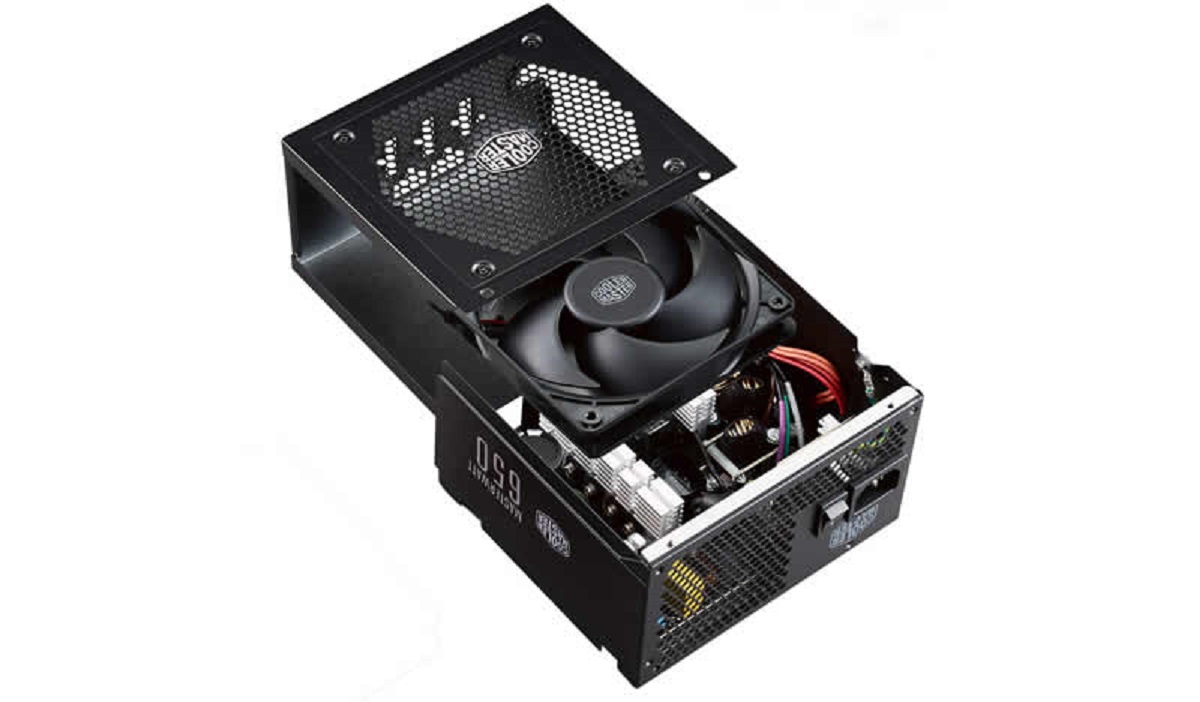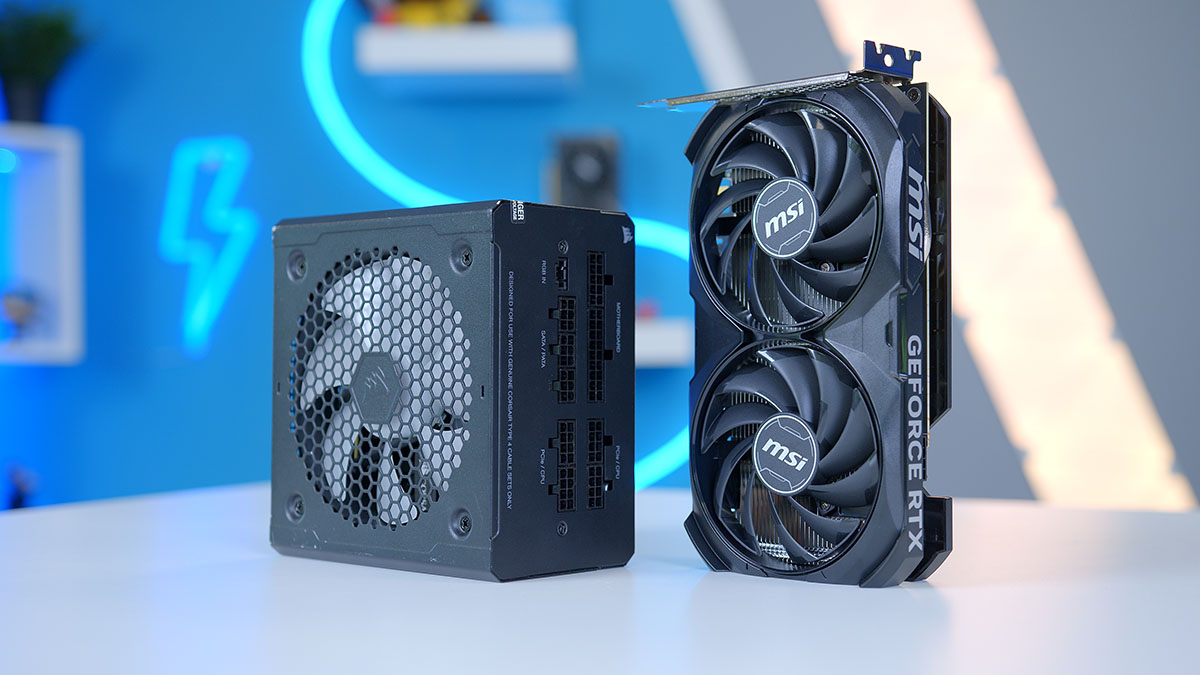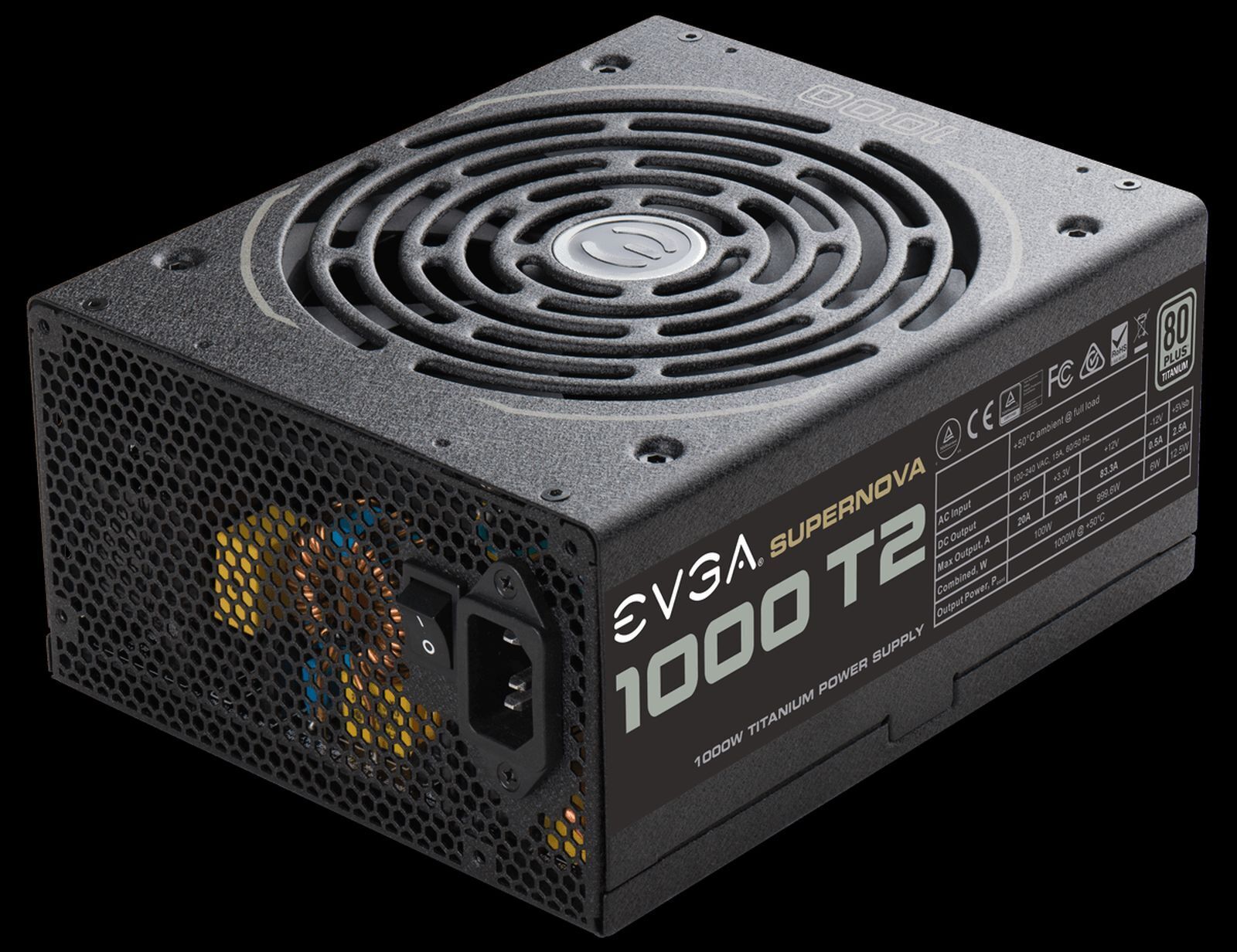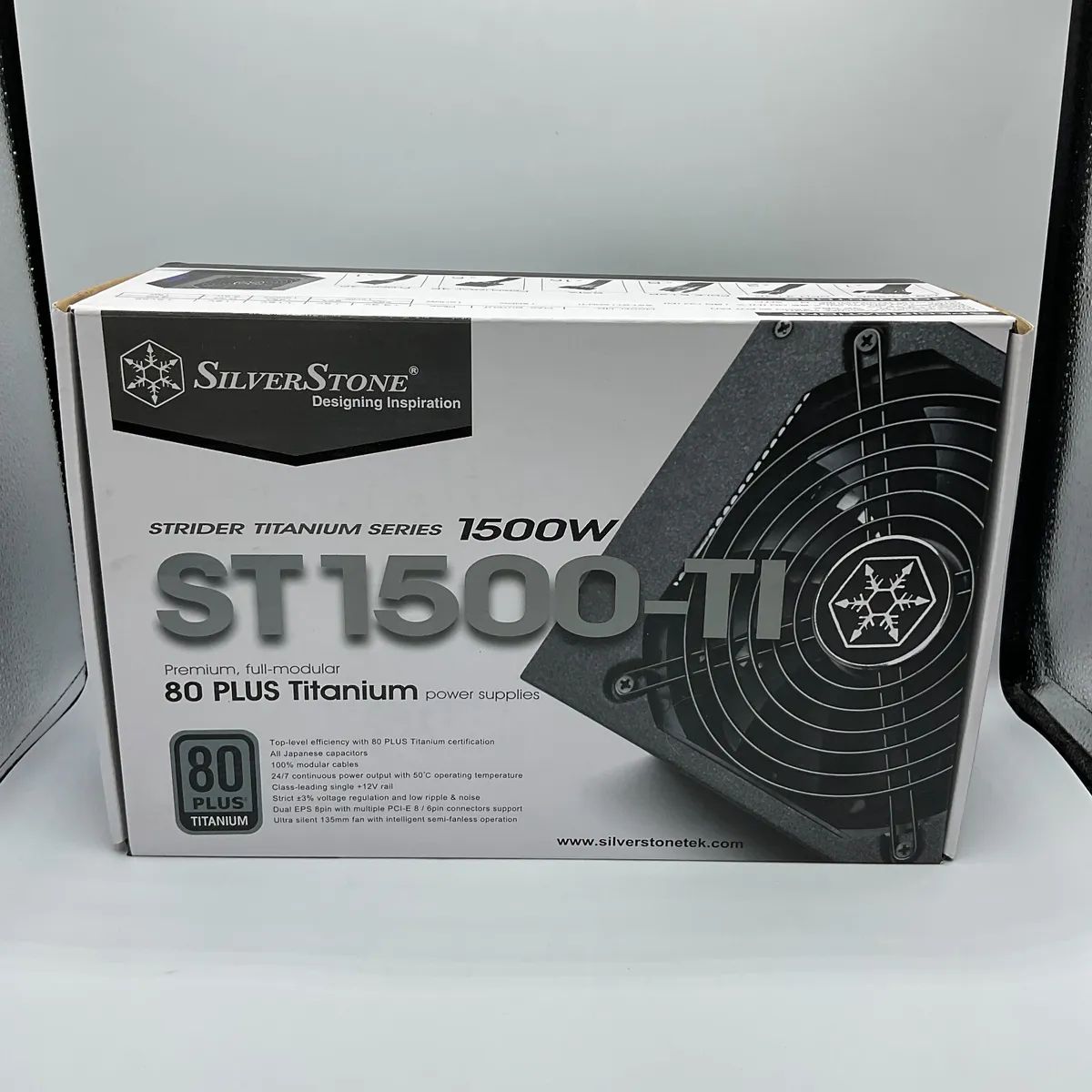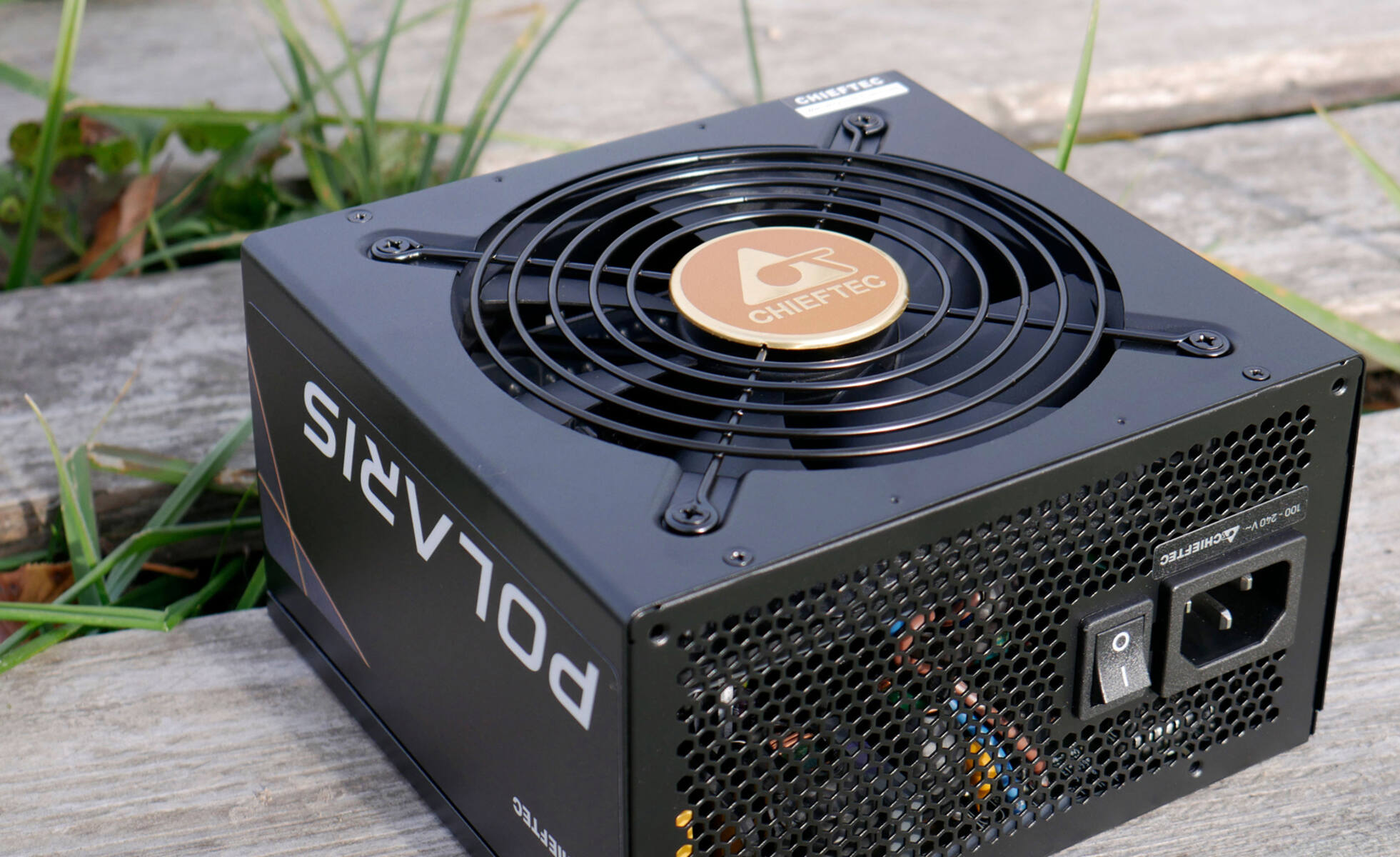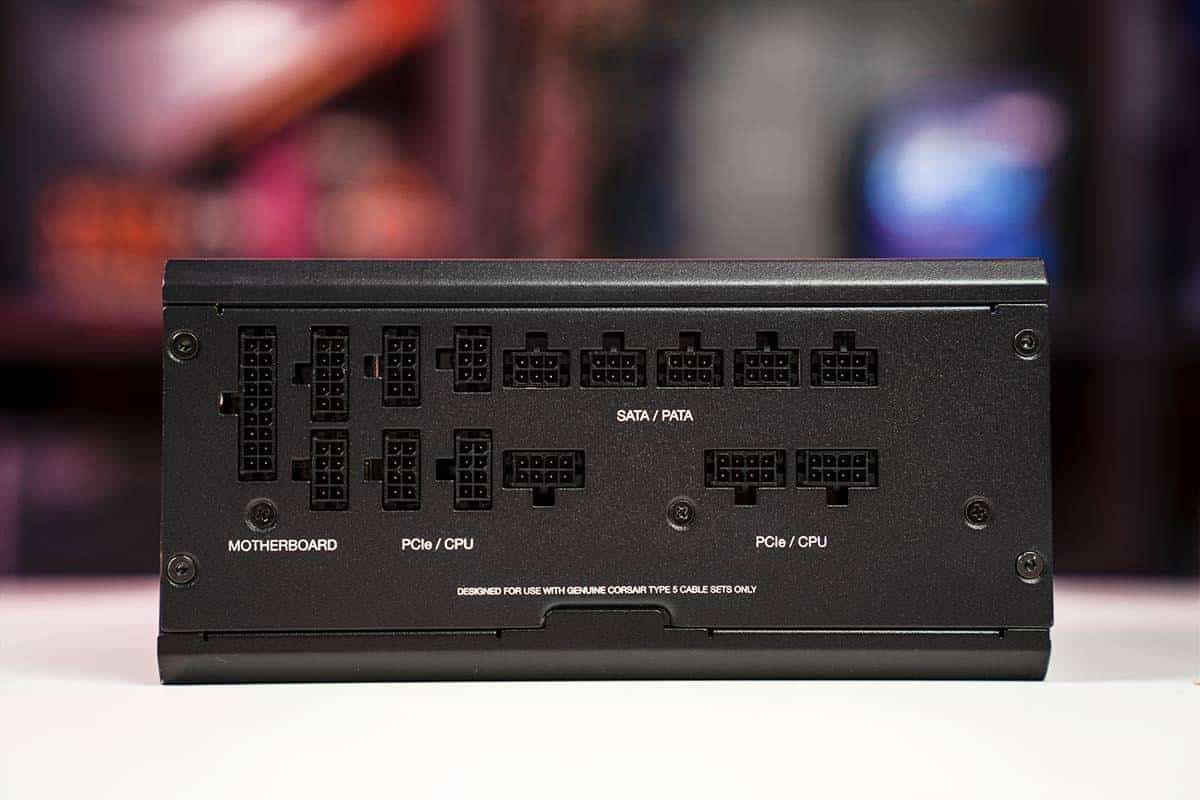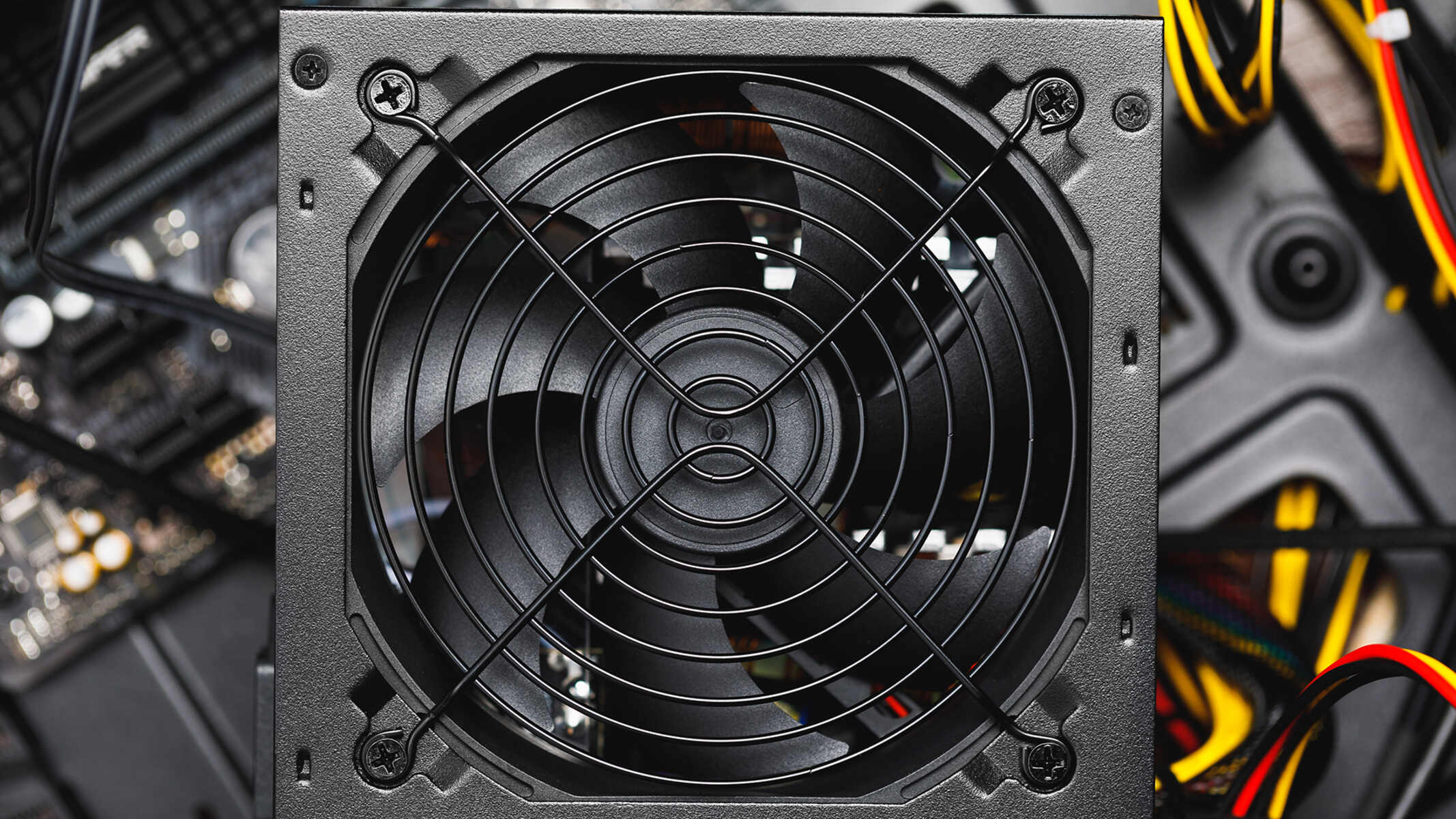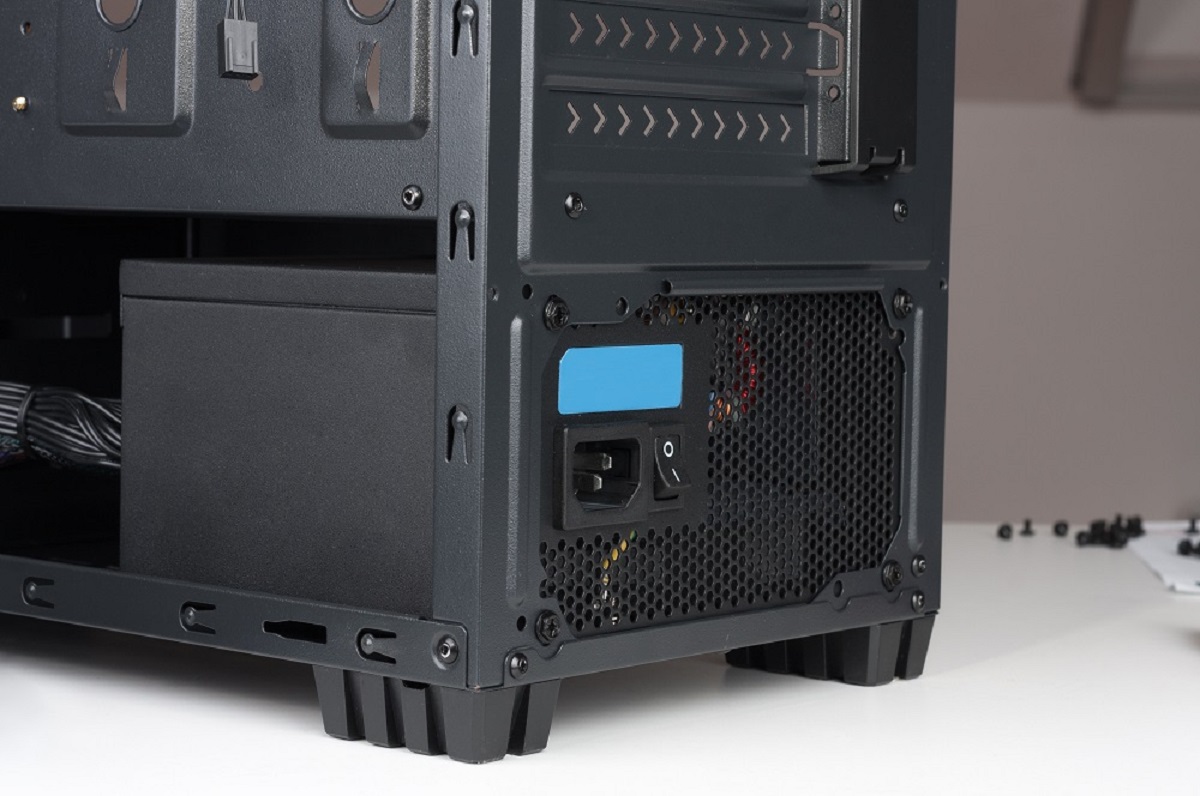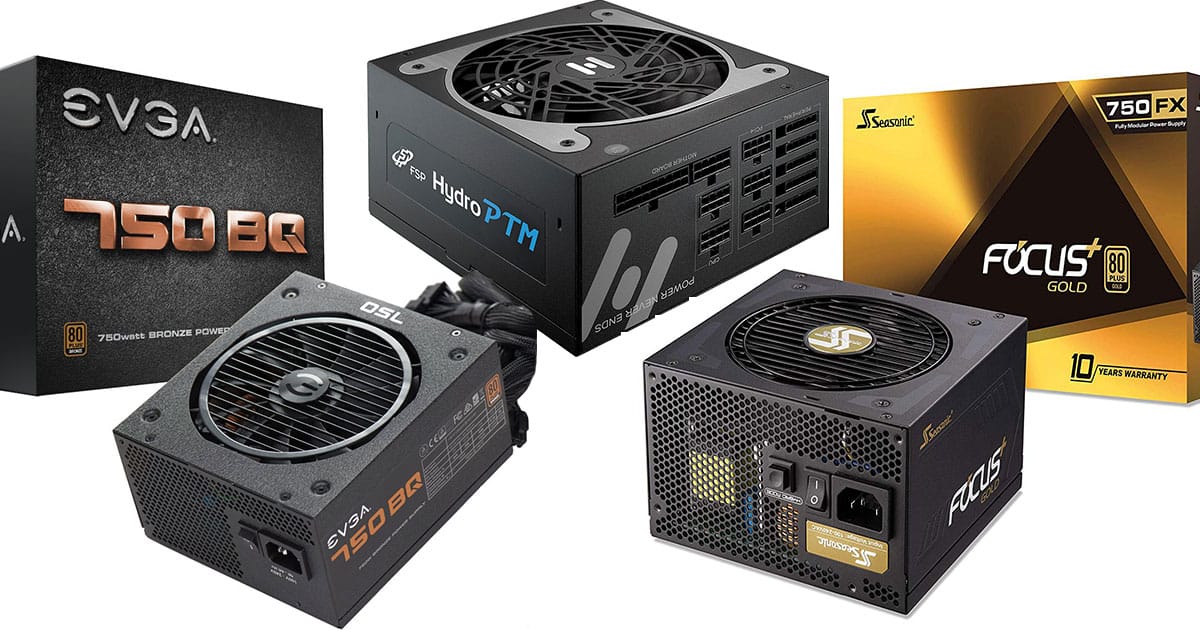Introduction
Power Supply Units (PSUs) are a crucial component of any computer system, supplying the necessary electrical power to keep the system running smoothly. One important consideration when choosing a PSU is its cooling capabilities. Adequate cooling in a PSU is essential to prevent overheating and ensure the longevity and reliability of the system.
In this article, we will explore the factors that determine the cooling needs of a PSU, the various types of cooling configurations available, and the impact of different factors on the cooling requirements. We will also discuss the importance of noise considerations in PSU cooling solutions.
Whether you are building a new computer or upgrading an existing one, understanding the cooling requirements of a PSU is vital to maintain optimal performance and prevent potential system issues. By the end of this article, you will have a clearer understanding of the cooling needs of a PSU and be able to make an informed decision when selecting the right PSU for your system.
Understanding Power Supply Units (PSUs)
Power Supply Units (PSUs) are the backbone of any computer system, converting electrical energy from an outlet into the various voltages and currents required to power the internal components. They come in a variety of sizes, wattages, and efficiency ratings to meet the diverse needs of modern computer systems.
A PSU houses multiple components, including transformers, rectifiers, capacitors, and voltage regulators, all working together to deliver stable and reliable power to the system. PSUs are typically located at the back of the computer case and are connected to the motherboard and other components through a series of cables.
PSUs are rated based on their power output, usually measured in watts, which determines the amount of power they can deliver to the system. It is essential to choose a PSU with sufficient power output to meet the demands of your specific system configuration. Insufficient power can lead to system instability, while excessive power can result in unnecessary energy consumption.
Another important consideration when selecting a PSU is its efficiency rating. Higher efficiency ratings indicate that the PSU can convert a higher percentage of the incoming electrical energy into usable power, reducing energy waste and minimizing heat generation. This not only contributes to a more environmentally friendly system but also helps with overall system cooling.
PSUs are available in various form factors, including ATX, microATX, and SFX, which dictate their physical dimensions and compatibility with different computer cases. It is essential to choose a PSU that fits properly in your chosen case to ensure ease of installation and proper airflow.
Understanding the basic components and functionality of a PSU is the first step in determining its cooling needs. In the following sections, we will delve deeper into the factors that impact PSU cooling and explore the different cooling configurations available.
Importance of Cooling in PSUs
Proper cooling is crucial for the optimal performance and longevity of a Power Supply Unit (PSU). As the PSU generates heat during operation, it is essential to dissipate that heat efficiently to prevent overheating and potential damage to the internal components.
Heat is generated in a PSU due to the electrical energy conversion process and the inherent inefficiencies of electronic components. If not adequately managed, the accumulated heat can lead to a rise in temperature, which can degrade the performance of the PSU and, in extreme cases, cause system shutdowns or even sparks and fire hazards.
Cooling in PSUs primarily involves two processes: thermal conduction and airflow. Thermal conduction refers to the transfer of heat from the components to the PSU’s external surface, while airflow involves moving the heated air away from the PSU and replacing it with cooler air.
Adequate cooling is particularly important in high-performance gaming systems or workstations that demand more power from the PSU and, consequently, generate more heat. Insufficient cooling can result in system instability, unexpected shutdowns, or even permanent damage to the PSU and other internal components.
Furthermore, efficient cooling helps maintain stable power output from the PSU, reducing voltage fluctuations and ensuring the smooth functioning of the entire system. It also contributes to a quieter system operation by preventing the PSU fan from running at maximum speed for extended periods, which can be noisy and disruptive.
It is worth noting that the cooling requirements of a PSU may vary depending on factors such as the system’s power consumption, ambient temperature, and workload intensity. Therefore, understanding these factors is crucial in determining the appropriate cooling solution for your PSU.
In the upcoming sections, we will delve into the various factors that should be considered when determining the cooling needs of a PSU and explore the different cooling configurations available to meet those needs.
Factors to Consider in Determining PSU Cooling Needs
When determining the cooling needs of a Power Supply Unit (PSU), several factors should be taken into account to ensure efficient heat dissipation and optimal performance. Understanding these factors will help you choose the right cooling solution for your specific needs. Let’s explore the key considerations:
1. Power Consumption:
The power consumed by the PSU directly affects its heat output. Higher power consumption will generate more heat, requiring more robust cooling solutions. It is crucial to select a PSU with adequate cooling capabilities based on the power demands of your system.
2. System Configuration:
The overall configuration of your computer system, including the number and type of components, impacts the heat generated. Systems with high-performance graphics cards, multiple hard drives, and powerful processors will require more effective cooling to dissipate the increased heat.
3. Ambient Temperature:
The temperature of the environment in which the system operates plays a significant role in PSU cooling. Higher ambient temperatures will make it harder for the PSU to dissipate heat efficiently, necessitating enhanced cooling mechanisms such as larger fans or advanced cooling solutions.
4. Workload Intensity:
The workload intensity, which refers to the level of processing or resource utilization, influences the heat generated by the PSU. Systems running demanding tasks or applications for prolonged periods will generate more heat and require robust cooling solutions to maintain optimal performance.
5. Form Factor and Enclosure:
The physical size and design of the PSU, as well as the computer case enclosure, can impact cooling. Compact or small form factor PSUs may have limited space for cooling components, requiring more specialized cooling solutions. Additionally, the overall airflow within the computer case should be considered to ensure proper ventilation and heat dissipation.
6. Efficiency Rating:
PSUs with higher efficiency ratings tend to generate less heat during operation since they waste less electrical energy. Opting for a PSU with a higher efficiency rating can contribute to reduced heat output and, therefore, lower cooling requirements.
By considering these factors, you can determine the specific cooling needs of your PSU and select an appropriate cooling solution that ensures optimal performance, longevity, and reliability of your computer system.
Single Fan PSUs
Single fan PSUs are the most common type of power supply units available on the market. These PSUs feature a single fan, typically located at the rear of the unit, responsible for cooling both the internal components and the PSU itself.
The fan in a single fan PSU draws in cool air from the outside and directs it over the PSU’s internal components to dissipate heat. The hot air is then expelled through vents at the back of the PSU, away from the system.
Single fan PSUs are generally suitable for most standard computer systems with average power consumption and moderate to low heat output. They provide sufficient cooling for the majority of users’ needs and often come at a more affordable price point compared to PSUs with multiple cooling fans.
With advancements in fan technology, single fan PSUs have become more efficient and quieter. Many models now feature variable fan speed control that adjusts the fan speed based on the PSU’s temperature, reducing noise levels during low-power operation.
However, it’s important to note that single fan PSUs may not be suitable for high-performance gaming systems or workstations that demand more power and generate significant heat. In these cases, the cooling capacity of a single fan PSU may be inadequate, leading to higher temperatures and potential instability.
If you opt for a single fan PSU, it is essential to ensure proper airflow within your computer case. This can be achieved by strategically placing additional case fans to improve overall ventilation and assist with the cooling of both the PSU and other system components.
In summary, single fan PSUs are an economical choice for standard computer systems with average power consumption and moderate heat output. They offer sufficient cooling for most users’ needs, but may not be adequate for high-performance systems. When selecting a single fan PSU, consider factors such as power consumption, system configuration, and ambient temperature to ensure optimal cooling and system performance.
Dual Fan PSUs
Dual fan PSUs, as the name suggests, are power supply units equipped with two fans for enhanced cooling performance. These PSUs feature one fan at the rear, similar to single fan PSUs, and an additional fan located on the side or top of the unit.
The dual fan configuration in these PSUs offers several advantages. Firstly, it allows for better airflow management within the PSU, promoting efficient heat dissipation. The rear fan typically draws in cool air from outside and directs it over the internal components, while the side or top fan helps expel the hot air, ensuring optimal cooling.
The dual fan setup in these PSUs is particularly beneficial for high-performance systems that generate more heat, such as gaming PCs or workstations. The extra fan helps distribute the cooling airflow more effectively, ensuring that the PSU and other components stay within safe temperature ranges even under heavy loads.
Another advantage of dual fan PSUs is improved noise control. By employing two fans, the workload can be shared between them, resulting in lower fan speeds and reduced noise levels compared to a single fan PSU running at higher speeds.
When considering a dual fan PSU, it is important to assess your system’s specific cooling needs. If you are using a high-performance graphics card, multiple hard drives, or a power-hungry CPU, a dual fan PSU can provide the necessary cooling to maintain stable performance and prevent overheating.
It is worth noting that dual fan PSUs tend to be slightly larger than their single fan counterparts due to the additional fan. Therefore, ensure that your computer case offers sufficient space to accommodate the dual fan PSU before making a purchasing decision.
In summary, dual fan PSUs are an excellent choice for high-performance systems that require enhanced cooling capabilities. They offer improved airflow management, better heat dissipation, and reduced noise levels compared to single fan PSUs. When selecting a dual fan PSU, take into consideration the power demands and heat output of your system to ensure effective and efficient cooling.
Multi-Fan PSUs
Multi-fan PSUs are power supply units that feature three or more fans to provide superior cooling capabilities. These PSUs are designed to handle the heat output of high-end and overclocked systems, ensuring optimal performance and stability.
The multi-fan configuration in these PSUs allows for even distribution of airflow, ensuring efficient heat dissipation across the PSU’s internal components. Typically, one or two fans are placed at the rear, while additional fans are strategically positioned throughout the PSU to maximize cooling efficiency.
Multi-fan PSUs are specifically engineered to handle the heat generated by power-hungry components, such as high-end graphics cards and CPUs. By utilizing multiple fans, these PSUs provide excellent cooling coverage, preventing overheating and maintaining optimal operating temperatures.
One of the significant advantages of multi-fan PSUs is their ability to handle heavy workloads without compromising performance. They are well-suited for demanding tasks such as gaming, video editing, and 3D rendering, where components may operate at high power levels for extended periods.
Additionally, multi-fan PSUs offer advanced features such as fan speed control and temperature monitoring. These features allow users to customize the cooling performance based on their specific needs and ensure that the PSU operates within safe temperature limits.
However, it is important to consider the size and dimensions of multi-fan PSUs before choosing one. These PSUs tend to be larger in size due to the additional fans, so ensure that your computer case can accommodate the PSU without any issues.
While multi-fan PSUs provide exceptional cooling capabilities, it’s worth mentioning that they may be overkill for standard or basic computer systems. If you are not utilizing power-hungry components, you may not require the enhanced cooling provided by multi-fan PSUs.
In summary, multi-fan PSUs are designed for high-performance systems that demand maximum cooling capabilities. They offer superior heat dissipation, efficient airflow management, and the ability to handle heavy workloads without sacrificing performance. When considering a multi-fan PSU, assess your system’s power requirements and workload intensity to ensure optimal cooling and stability.
Factors That May Increase Cooling Requirements
Several factors can contribute to increased cooling requirements for Power Supply Units (PSUs). Understanding these factors is crucial in determining the appropriate cooling solution for your specific needs. Let’s explore some of the key factors:
1. Overclocking:
Overclocking refers to running computer components at higher speeds than their default settings, resulting in increased power consumption and heat generation. If you are overclocking your system, the cooling requirements of your PSU may increase due to the additional heat generated by the components.
2. High-End Components:
High-end components, such as powerful graphics cards and CPUs, generally have higher power consumption and heat output. The increased heat generated by these components may require a more robust cooling solution for both the components themselves and the PSU.
3. Multiple GPUs and SLI/Crossfire Configurations:
If you are using multiple graphics cards in a SLI (Scalable Link Interface) or Crossfire configuration, the power consumption and heat output can significantly increase. These setups may require additional cooling capacity to dissipate the extra heat generated by the GPUs and prevent thermal throttling or instability.
4. System Enclosure and Airflow:
The computer case and the overall airflow within the system play a crucial role in cooling. A poorly designed case with insufficient ventilation can restrict the airflow, leading to higher temperatures inside the case and potentially impacting the cooling efficiency of the PSU. Ensuring proper airflow and ventilation can help reduce cooling requirements.
5. Ambient Temperature:
The ambient temperature of the room where the computer system operates can impact the cooling needs of the PSU. Higher ambient temperatures make it harder for the PSU to dissipate heat efficiently, potentially requiring enhanced cooling solutions such as higher fan speeds or more efficient fans.
6. Continuous High Workloads:
If your system runs intensive tasks or operates under heavy workloads for prolonged periods, the heat generated by the components can increase. This may necessitate stronger cooling solutions to maintain stable operating temperatures and prevent performance degradation or system instability.
Considering these factors when determining the cooling needs of your PSU will help you choose an appropriate cooling solution that can effectively dissipate the heat generated by your system’s specific configuration and workload demands.
Noise Considerations
Noise is an important consideration when it comes to selecting a cooling solution for Power Supply Units (PSUs). Maintaining a quiet and peaceful computing environment is desirable for many users, especially those who work in quiet office spaces or prefer a quieter gaming experience.
The noise level of a PSU is primarily determined by the fan(s) used for cooling and the speed at which they operate. Higher fan speeds generally result in higher noise levels, as the faster the fan spins, the more airflow it produces but also increases the noise it generates.
When choosing a PSU, it is important to balance cooling performance with noise levels. Fortunately, many PSU manufacturers now offer models with fan speed control or “quiet” modes that optimize the balance between cooling efficiency and noise reduction.
Single fan PSUs, especially those with advanced fan speed control, can provide adequate cooling while minimizing noise levels during low-power operation. These PSUs utilize slower fan speeds when the system is idle or under light loads, resulting in quieter operation.
Dual fan and multi-fan PSUs may feature larger fans or additional fans to distribute airflow more effectively, which can help reduce noise levels. Additionally, these PSUs often have fan speed control that adjusts the fan speeds based on the PSU’s temperature, enabling lower noise levels during periods of low heat output.
Other noise-reducing features to consider are fan designs optimized for quiet operation, such as those with larger blades or special bearing systems that minimize friction and noise. Additionally, PSU models with noise-dampening materials or insulation can help absorb vibrations and reduce noise transmission.
It is essential to consider your specific requirements when it comes to noise levels. If a quiet computing environment is a priority for you, look for PSUs that are specifically designed with noise reduction in mind and have positive reviews regarding their noise levels.
Lastly, proper maintenance and cleaning of the PSU and overall system can contribute to reduced noise levels. Dust accumulation can hinder fan performance and increase noise levels, so regular cleaning can help maintain optimal airflow and noise control.
By considering noise levels in addition to cooling performance, you can choose a PSU that strikes the right balance for your computing needs, ensuring efficient cooling without sacrificing a quiet and peaceful environment.
Conclusion
When it comes to selecting the right cooling solution for a Power Supply Unit (PSU), understanding the cooling needs based on your specific system configuration and requirements is crucial. Adequate cooling is essential to prevent overheating and ensure the longevity and reliability of your computer system.
Factors such as power consumption, system configuration, ambient temperature, and workload intensity should be considered when determining the cooling requirements of your PSU. Single fan PSUs are suitable for standard systems with average power consumption, while dual fan and multi-fan PSUs provide enhanced cooling capabilities for high-performance systems with higher heat output.
Noise considerations are also important, especially for users who prioritize a quiet computing environment. Features such as fan speed control, quiet modes, optimized fan designs, and noise-dampening materials contribute to a quieter operation without compromising cooling performance.
Ultimately, selecting the right cooling solution for your PSU involves finding a balance between cooling efficiency, noise levels, and your specific system needs. Understanding the cooling requirements of your PSU will help you make an informed decision and ensure that your computer system runs smoothly and reliably.
By considering factors such as power consumption, system configuration, workload intensity, ambient temperature, and noise levels, you can select a cooling solution that provides optimal performance, efficiency, and reliability for your PSU.
Take the time to choose a PSU with appropriate cooling capabilities, and ensure proper maintenance and airflow within your system to maintain a stable and cool operating environment for your computer components. With the right cooling solution, you can enjoy reliable performance, efficient power delivery, and a comfortable computing experience.







